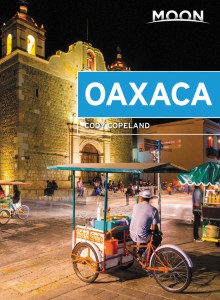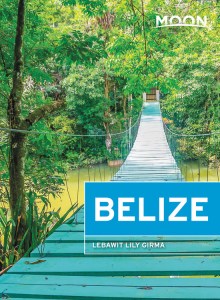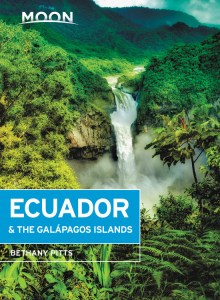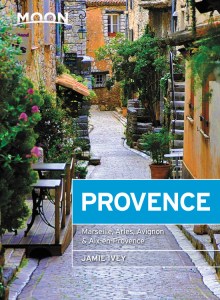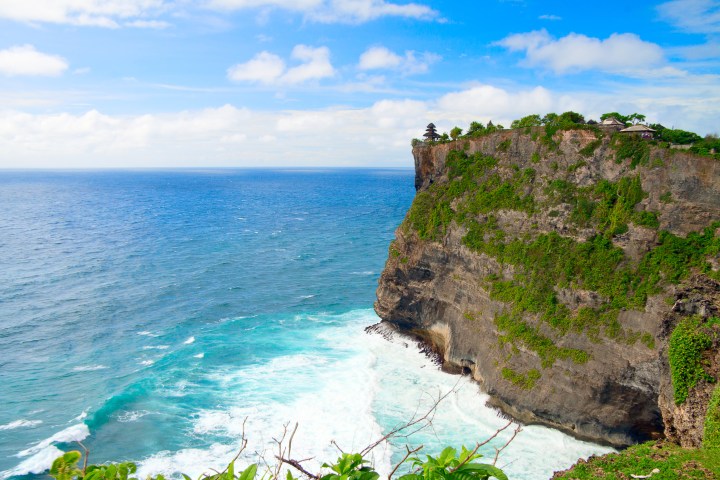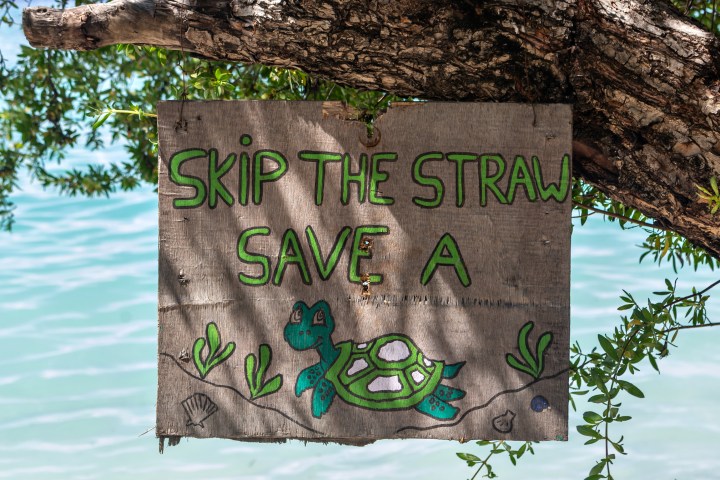Best National Parks Around the World
The national parks are often called “America’s best idea,” and it isn’t hard to see why. From the red desert of Arches to the white glaciers of Kenai Fjords, America’s national parks are a testament to the nation’s diverse natural beauty, and some of the top-visited destinations for tourists and locals alike. But the United States’ national parks are just the tip of the iceberg. Countries all around the world have protected some of their most amazing stretches of wilderness, and we can’t wait to visit them all. Here are a few of the incredible national parks outside the U.S. that are topping our bucket lists.
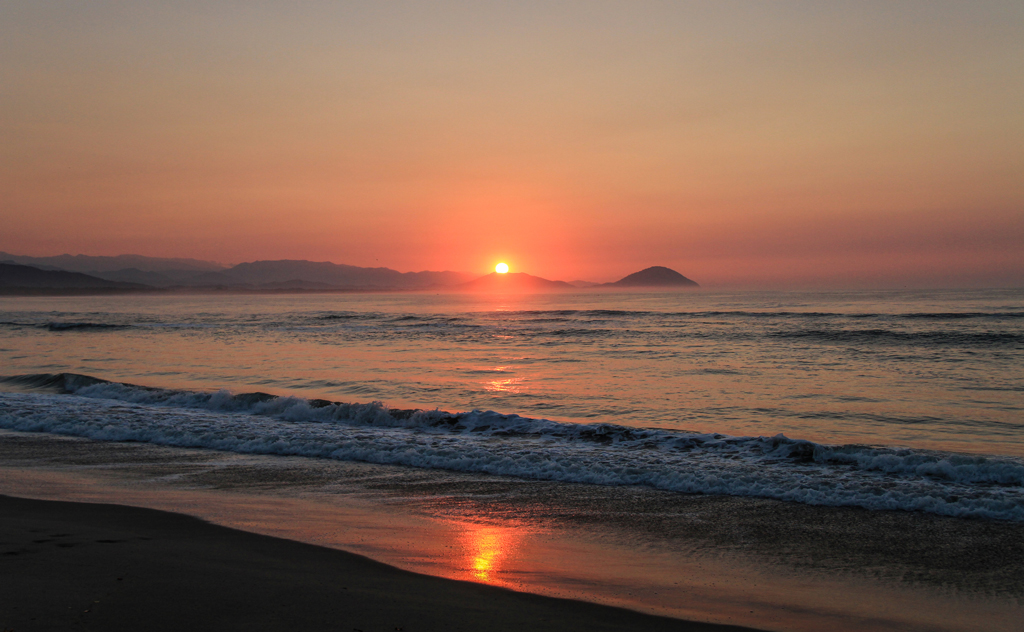
Parque Nacional Lagunas de Chacahua, Mexico
The Parque Nacional Lagunas de Chacahua near Oaxaca, Mexico, comprises 55 square miles of lush tropical vegetation and mangrove forests and seven salty lagoons. Tens of thousands of migratory birds call this a temporary home, including herons, storks, pelicans, and spoonbills.
With rugged mountain ranges and stunning Pacific coastline, savory mole and smoky mezcal, Oaxaca is more than just a stop along the way: it’s an adventure in itself.
Psiloritis Natural Park, Greece:
Psiloritis Natural Park is a beautiful and wondrous place where you will come across caves, gorges, plains, thick forests, and babbling brooks. Some of the most interesting features of the park are the mitata (slate stone huts built by shepherds) that are strewn about the park and were used by shepherds and farmers for centuries. Some are even still in use today. Hike up to Ideon Cave on Mt. Plistorits to see where Rhea gave birth to Zeus, according to the ancient myths.
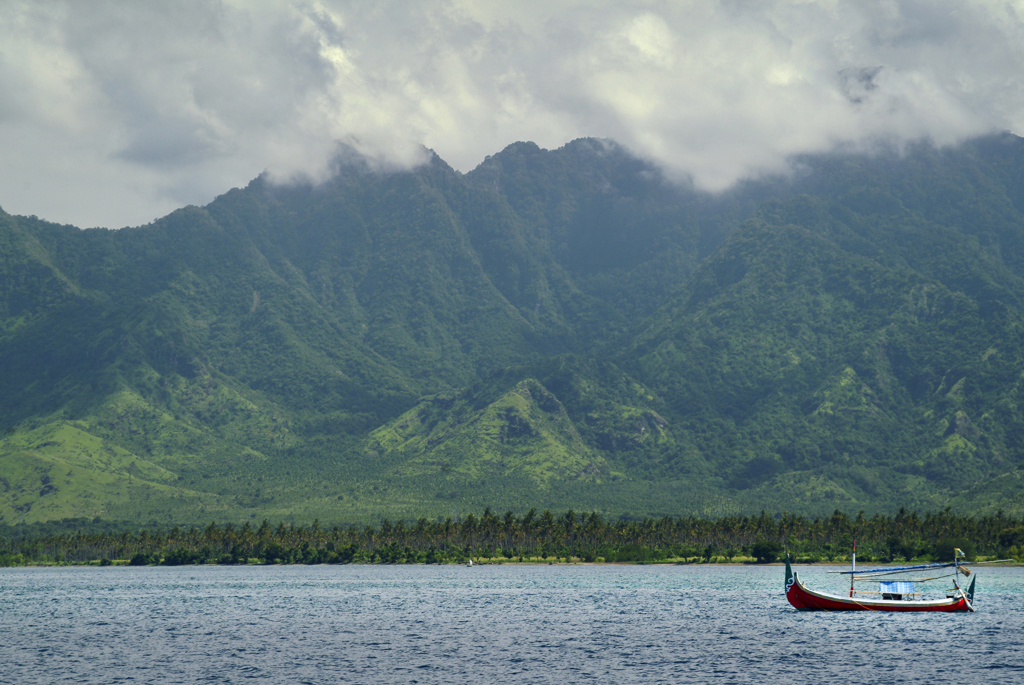
West Bali National Park, Bali:
West Bali National Park (Taman Nasional Bali Barat) is the only national park on the island. It was declared a conservation sanctuary in 1941 after government officials noticed the sharp decline in indigenous bird populations, like the Bali starling. Other animals like Javanese rusa deer, muntjac (barking) deer, wild boar, bateng (a small species of cattle), monitor lizards, and macaque monkeys reside in the park. The park covers nearly 200 square km (77 square mi), with 580 km (223 mi) of largely uninhabited land to its east. The landscape ranges from arid scrublands to coastal savannah to forest to mangroves, making it an interesting area for wildlife watching. Extinct volcanoes dominate the skyline.
Whether you’re seeking serenity on a sandy beach, learning to freedive, or trekking to the top of a volcano, a spiritual adventure awaits with Moon Bali & Lombok.
Gros Morne National Park, Canada:
Gros Morne National Park, which is a UNESCO World Heritage Site, fronts the Gulf of St. Lawrence on a coastal plain rimmed with 43 miles of sandy and cobblestone beaches, sea stacks, caves, forests, peat bogs, and breathtaking saltwater and freshwater fjords. Innumerable moose, arctic hares, foxes, weasels, lynx, and a few bears roam the park, plus two large herds of woodland caribou, bald eagles, ospreys, and many other bird species. The Tablelands section of the park is made of peridotite, an igneous rock found in the earth’s mantle, that forms an oddly moonlike landscape perfect for an adventurous hike.
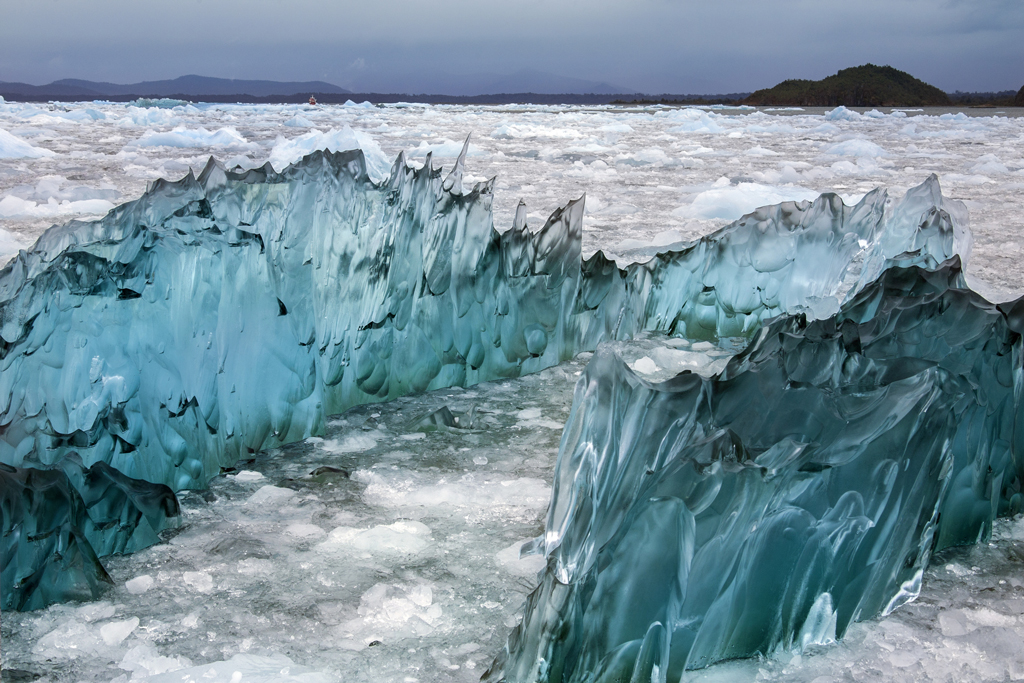
Parque Nacional Laguna San Rafael, Chile:
Comprising rugged terrain of glacial-melt fjords, woodland, and the Northern Patagonian Ice Field, Parque Nacional Laguna San Rafael is one of the country’s largest and most remote protected areas. It’s also home to the highest peak in Patagonia, the Monte San Valentín. Boggy wetlands and dense deciduous beech forest create the ideal cover for small land mammals, including pudús, huemules, foxes, pumas, and the guiña or kodkod—the smallest cat in the Americas. In the fjords and Laguna San Rafael, birdlife acrobatic Chilean and Peele’s dolphins can be spotted, but at the lake, eyes are on the spectacle of ice calving from the Ventisquero San Rafael. The booming echo of the splintering ice and crash as it is swallowed by the water is a sound few forget.
Mayflower Bocawina National Park, Belize:
Located 17 miles from Dangriga and 12 miles from Hopkins, Mayflower Bocawina National Park comprises more than 7,100 acres of Maya Mountain wilderness set aside in 2001 to protect and showcase the area’s five waterfalls and green-fringed Mayan ruins. A trail system offers excellent hiking and adventurous climbs, just keep an eye out for the park’s resident jaguars.
Related Guide: Moon Belize
With turquoise waters, dreamlike islands, and pristine rainforests, Belize is a sensory feast.
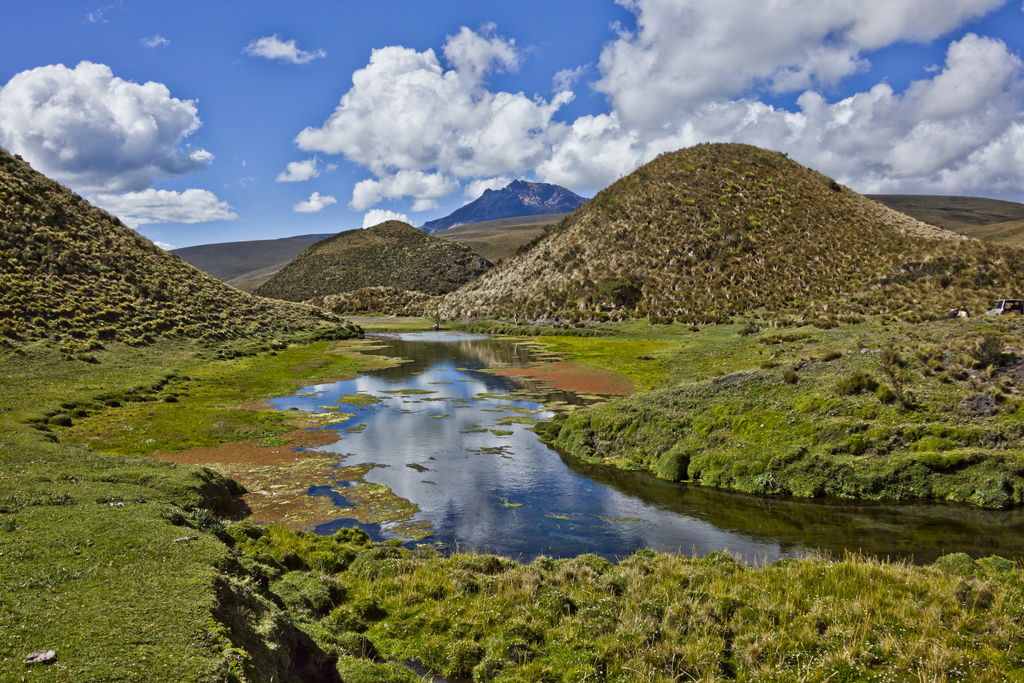
Cotopaxi National Park, Ecuador:
Ecuador’s top mainland national park encloses one of the most beautiful volcanoes in the Americas. Llamas graze and wild horses gallop on grasslands strewn with wildflowers, including clouds of purple lupines. Higher up, the landscape is barren and lunar, a stark canvas from which to marvel at the colossus that is Volcán Cotopaxi, whose name means “Neck of the Moon.” This is Ecuador’s second tallest peak after Chimborazo, and one of the world’s highest active volcanoes. It’s often shrouded in cloud, but the weather is ever-shifting and, when Cotopaxi does choose to show her face, it’s an awe-inspiring sight.
Canoe through the Amazon, explore the bustling capital of Quito, snorkel in the Galápagos, or kick back on the coast: Embark on an unforgettable adventure with Moon Ecuador & the Galápagos Islands.
Parque Nacional Izta-Popo, Mexico:
The beautiful peaks of Popocatépetl and Iztaccíhuatl are the crown jewels of a national park, Parque Nacional Izta-Popo, a surprising refuge of natural beauty located in the middle of the most densely populated region in Mexico.
A symmetrical cone and the second-highest peak in Mexico, Popo has become all the more picturesque, but perhaps a touch more troublesome, since it woke from a decades-long slumber in 1994. In the year 2000, the largest eruption in 1,200 years occurred on the mountain, and it remains one of Mexico’s most active volcanoes, frequently spewing smoke and ash into the air. Craterless Izta, just 16 kilometers north, lies dormant beside it.
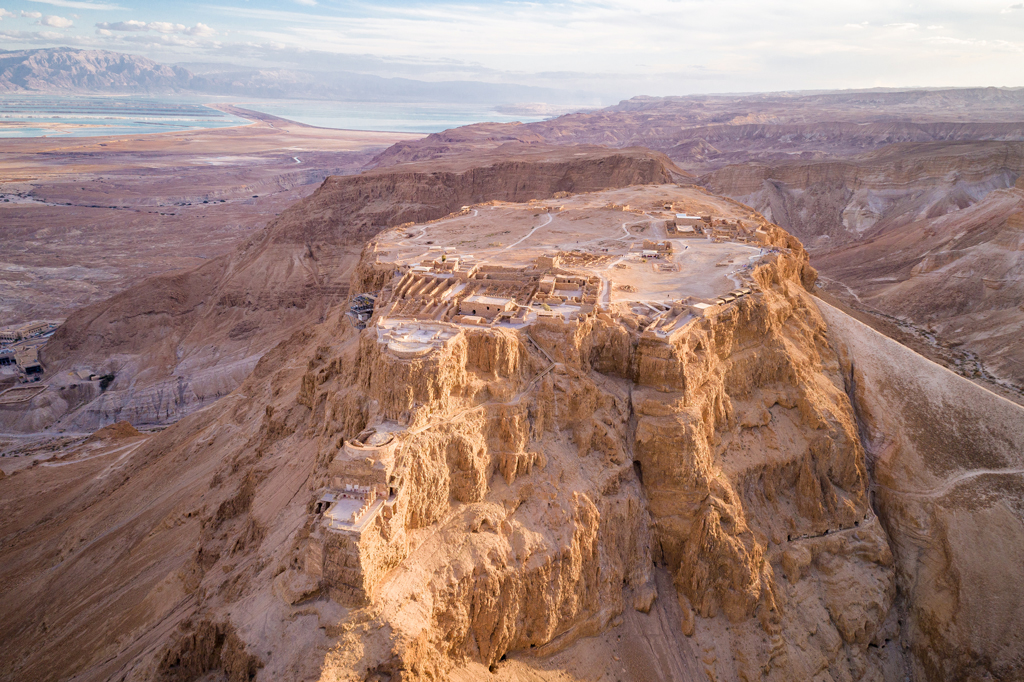
Masada National Park, Israel
One of Israel’s several UNESCO World Heritage Sites, Masada is famed for its incredible view of the Dead Sea and the impossibly steep ascent that you can make by cable car or on foot. At the top of the peak, you can tour the archaeological remnants of the once-magnificent court that was originally built by King Herod.
Calanques National Park, France:
Calanques National Park is the only national park in Europe that includes land, sea, and peri-urban areas. This amazing stretch of biodiverse landscape is home to around 140 different plant and land animal species, plus over 60 marine species. After hiking along the rugged limestone cliffs, take a refreshing dip in the park’s turquoise Mediterranean waters or kayak around the sheltered inlets.
From sweet-smelling lavender fields and beachside restaurants to rosé vineyards and truffle markets, Moon Provence reveals a feast for the senses.
By clicking ‘Sign Up,’ I acknowledge that I have read and agree to Hachette Book Group’s Privacy Policy and Terms of Use
